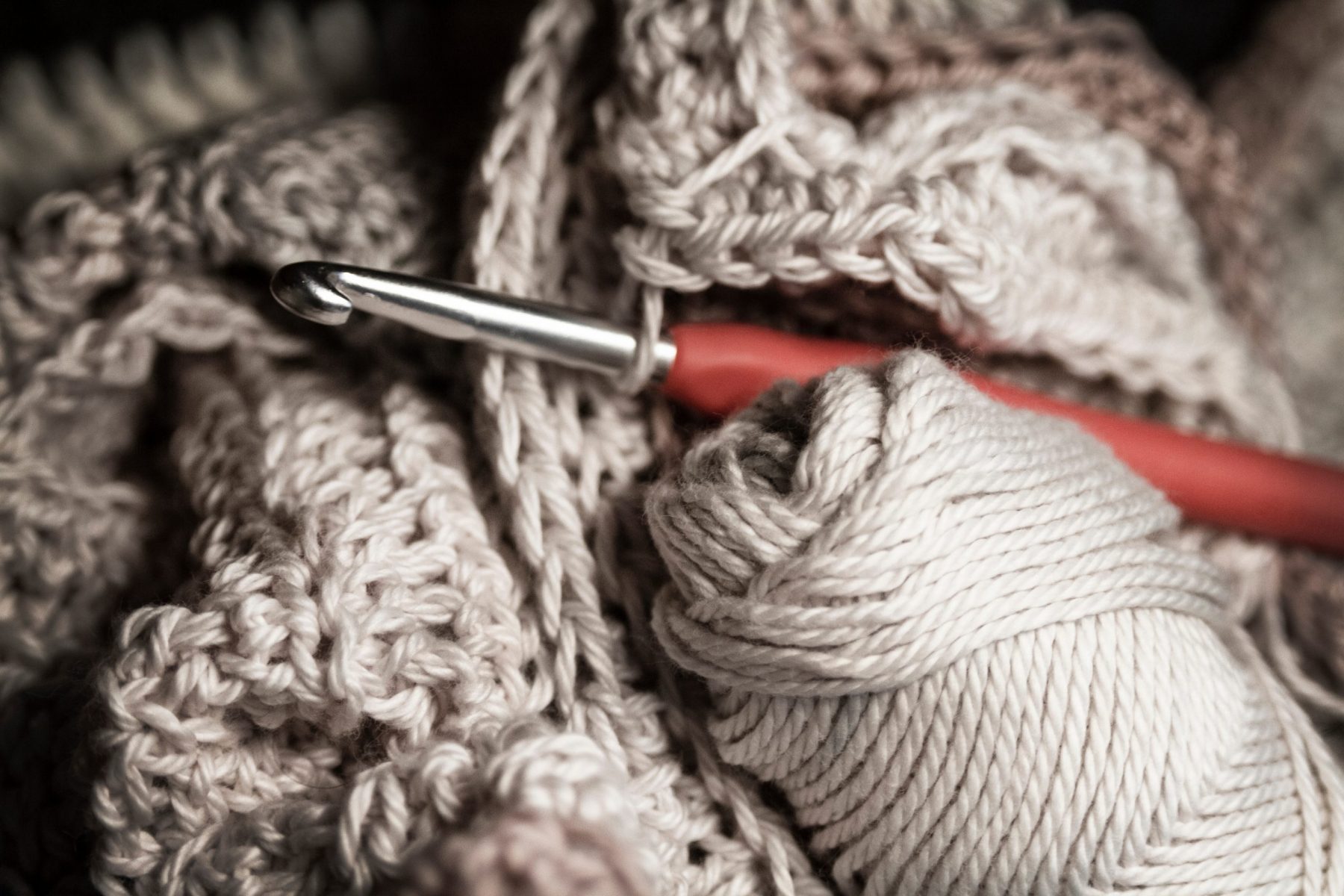

Articles
How To Hand Knit A Blanket With Thin Yarn
Modified: January 6, 2024
Learn how to hand knit a cozy blanket using thin yarn with our step-by-step articles. Perfect for beginners and crafting enthusiasts.
(Many of the links in this article redirect to a specific reviewed product. Your purchase of these products through affiliate links helps to generate commission for Storables.com, at no extra cost. Learn more)
Introduction
Hand knitting a blanket is not only a practical skill, but it can also be a relaxing and fulfilling activity. If you’re looking to create a cozy and unique blanket using thin yarn, you’ve come to the right place. In this article, we will guide you through the steps of hand knitting a blanket with thin yarn.
Knitting allows you to express your creativity and personalize your home decor. With the right materials and a little bit of patience, you can create a beautiful and warm blanket that will not only keep you cozy but also serve as a stylish addition to your living space.
Before we dive into the process of hand knitting a blanket, let’s gather the materials needed for this project.
Key Takeaways:
- Embrace the Joy of Creating
Hand knitting a blanket with thin yarn is a fulfilling and creative process that allows you to express your unique style and bring warmth and comfort to your home. - Personalize Your Cozy Haven
Choosing the right thin yarn, mastering essential techniques, and adding personalized touches like fringe, allows you to create a one-of-a-kind hand-knitted blanket that reflects your creativity and passion for crafting.
Read more: How To Make A Hand Knit Blanket
Materials Needed
Before you begin hand knitting your blanket with thin yarn, it’s essential to gather all the necessary materials. Having everything prepared in advance will make the process much smoother.
Here’s a list of the materials you’ll need:
- Thin yarn: Choose a high-quality thin yarn in the color or colors of your choice. Opt for a soft and durable yarn that will provide warmth and comfort.
- Knitting needles: Select a pair of knitting needles that are suitable for the thickness of your yarn. The size of the needles will depend on the desired tension and the thickness of the yarn.
- Tapestry needle: This needle will be used for weaving in loose ends and finishing touches on your blanket.
- Scissors: A pair of sharp scissors will come in handy for cutting yarn and tidying up loose ends.
- Measuring tape: A measuring tape will assist you in determining the dimensions of your blanket and ensuring that it is the desired size.
- Stitch markers (optional): If you find it helpful to mark specific stitches or sections of your blanket, stitch markers can be useful in keeping track of your progress.
Once you have gathered all the necessary materials, you’re ready to move on to the next step: choosing the right thin yarn.
Choosing the Right Thin Yarn
When it comes to choosing thin yarn for your hand-knitted blanket, there are a few factors to consider. The type of yarn you select will impact the final texture, warmth, and overall look of your blanket. Here are some tips to help you make the right choice:
1. Fiber content: Thin yarn comes in various fiber compositions, such as acrylic, wool, cotton, or a blend. Consider the characteristics of each fiber and decide which one suits your preferences. Acrylic yarn is often budget-friendly and easy to care for, while wool offers excellent warmth and natural breathability. Cotton is lightweight and suitable for warmer climates, while blends combine the benefits of different fibers.
2. Softness: Since your blanket will be in direct contact with your skin, it’s important to choose a thin yarn that feels soft and comfortable. Test the yarn by touching and rubbing it against your skin to ensure it doesn’t feel scratchy or irritating.
3. Durability: A well-made blanket should be able to withstand regular use and washing. Consider the durability of the yarn and its ability to resist pilling or stretching over time. This is especially important if you plan to use the blanket frequently or give it as a gift.
4. Color and texture: Thin yarn comes in a wide range of colors, allowing you to get creative and choose a shade that matches your personal style or home decor. Additionally, consider the texture of the yarn. Some thin yarns have a smooth finish, while others may have a slight texture or even be variegated, adding visual interest to your blanket.
5. Yardage: Check the yardage per skein or ball of thin yarn. The amount of yarn you’ll need depends on the desired size of your blanket. Make sure you have enough yarn to complete the project, and consider purchasing extra to account for any mistakes or unforeseen circumstances.
By considering these factors and keeping your preferences and needs in mind, you can select the ideal thin yarn for your hand-knitted blanket. Once you have chosen your yarn, it’s time to start knitting!
Casting On
Now that you have selected the perfect thin yarn for your blanket, it’s time to begin the knitting process by casting on. Casting on is the first step in creating the foundation row of stitches.
Follow these steps to cast on:
- Hold the knitting needle with your dominant hand and leave a long tail of yarn. This tail will be used for later weaving.
- With your non-dominant hand, make a slipknot by creating a loop with the yarn.
- Insert the needle through the loop, grabbing the yarn tail with your needle.
- Pull the yarn gently to tighten the slipknot around the needle.
- Hold the needle with the slipknot in your non-dominant hand.
- With your dominant hand, grab the yarn attached to the ball and bring it in front of the needle.
- Using your non-dominant hand, bring the needle towards the yarn, going under it and then looping it around the needle.
- Drop the yarn from your non-dominant hand and tighten the stitch by pulling the needle gently downwards.
- Repeat steps 6-8 until you have cast on the desired number of stitches, keeping the tension consistent.
It’s essential to maintain an even tension as you cast on, ensuring that your stitches are not too tight or too loose. Practice this technique until you feel comfortable creating the foundation row of stitches.
Once you have successfully cast on, you’re ready to move on to the basic knitting stitch.
Basic Knitting Stitch
Now that you have cast on the desired number of stitches for your blanket, it’s time to learn the basic knitting stitch. This stitch forms the foundation of your blanket and will be used to create the majority of the fabric.
Follow these steps to knit a basic stitch:
- Hold the knitting needle with all the cast-on stitches in your non-dominant hand.
- With your dominant hand, hold the other knitting needle.
- Insert the empty needle into the first stitch on the other needle, from left to right.
- Bring the yarn attached to the ball towards you, behind both needles.
- Using the tip of the needle in your dominant hand, loop it under the yarn and pull it through the first stitch.
- Slide the first stitch off the needle in your non-dominant hand, leaving the new stitch on the needle in your dominant hand.
- Repeat steps 3-6 for each stitch across the row, until all stitches have been worked.
- Once you reach the end of the row, switch the position of the needles in your hands, with the needle holding the worked stitches becoming the non-dominant hand needle, and the empty needle becoming the dominant hand needle.
- Continue knitting row after row, repeating steps 3-6, until your blanket reaches the desired length.
Remember to keep a consistent tension as you work each stitch, neither too tight nor too loose. Take your time and practice the basic knitting stitch until you feel comfortable and confident in your technique.
Next, let’s explore how to increase stitches in your blanket.
Read more: How To Hand-Knit A Chunky Blanket
Increasing Stitches
Increasing stitches is an essential technique when knitting a blanket. It allows you to add more stitches to your work, gradually increasing the width or shaping the edges of your blanket. Here’s how to increase stitches:
1. Identify the stitch where you want to increase: Take a look at your knitting and determine where you want to add stitches. You can increase on the edges for a straight edge or within the body for shaping.
2. Knit into the front and back of the stitch (KFB): Insert your right needle into the stitch, as if to knit. Instead of just knitting the stitch, keep the stitch on the left needle and knit through the back loop of the same stitch. This creates an additional stitch.
3. Repeat the KFB increase: Continue knitting across the row or pattern until you reach the next stitch where you want to increase. Repeat the KFB increase in that stitch as well. Repeat this process for each stitch where you want to increase.
4. Continue knitting: Once you have increased the desired number of stitches, continue knitting the rest of the row or pattern as usual. Remember to maintain an even tension throughout the process.
Increasing stitches can be done on both the right side and wrong side rows, depending on the desired effect. It’s important to keep track of your increases to ensure they are evenly distributed and maintain the overall symmetry of your blanket.
Increasing stitches gives your blanket a gradually widening shape, which can be useful when creating triangular or diagonal patterns. It’s a technique that adds versatility and dimension to your hand-knitted blanket.
Now that you know how to increase stitches, let’s move on to the next technique: decreasing stitches.
When hand knitting a blanket with thin yarn, use larger needles to create a looser, more breathable fabric. This will prevent the blanket from becoming too dense and heavy.
Decreasing Stitches
Decreasing stitches is an important technique in knitting, as it allows you to shape your blanket by reducing the number of stitches. Whether you want to create tapered edges or specific patterns, learning how to decrease stitches is essential. Here’s a simple method to decrease stitches:
1. Identify the stitch where you want to decrease: Look at your knitting and determine where you want to decrease stitches. You can decrease on the edges or within the body of the blanket.
2. Knit two stitches together (K2tog): Insert your right needle through the next two stitches on the left needle, from left to right. Wrap the yarn around the right needle, and pull it through, just as you would when knitting a regular stitch. This combines the two stitches into one.
3. Repeat the K2tog decrease: Continue knitting across the row or pattern until you reach the next stitch where you want to decrease. Repeat the K2tog decrease in that stitch as well. Repeat this process for each stitch where you want to decrease.
4. Continue knitting: Once you have decreased the desired number of stitches, continue knitting the rest of the row or pattern as usual. Remember to maintain an even tension throughout the process.
Decreasing stitches helps shape your blanket, whether you want to create a narrower end or incorporate specific patterns like chevrons or lace. It’s important to carefully follow the pattern instructions to determine where and when to decrease stitches for the desired effect.
Take your time while decreasing stitches and ensure that your tension remains consistent. With practice, you will become comfortable with this technique and can easily shape your blanket according to your vision.
Now that you know how to decrease stitches, let’s move on to incorporating different colors into your blanket.
Changing Colors
Adding different colors to your hand-knitted blanket can bring visual interest and a personal touch. Whether you want to incorporate simple stripes, intricate colorwork, or a gradient effect, changing colors can transform your project. Here’s how to change colors in your knitting:
1. Prepare the new yarn: Choose the color of yarn you want to introduce and cut a long tail of the new yarn, leaving enough length to weave in later. Secure the old yarn by making a loose knot with the new yarn close to the last stitch worked in the old color.
2. Start the new color: Hold the old yarn and the new yarn together with your working yarn hand. With your non-dominant hand, insert the right needle into the next stitch to be worked.
3. Begin knitting: Wrap the new yarn around the needle, just as you would when knitting with a single color. Knit the stitch with the new yarn, ensuring that the tail is secured and will not unravel.
4. Carry the unused yarn: As you knit with the new color, carry the unused (old) yarn along the back of your work, twisting it with the new color every few stitches. This prevents long floats and helps keep your work tidy.
5. Switch colors: When you reach a point where you want to change back to the old color or introduce a new color, simply drop the current yarn and pick up the new color in the same manner as Step 2. Continue knitting with the new color, carrying the unused yarn along the back.
6. Weave in loose ends: Once you have completed knitting your blanket, weave in the loose ends of the yarn. Using a tapestry needle, thread the tail of each color through the stitches of the same color, ensuring a secure and neat finish.
Remember to maintain an even tension while changing colors, as loose or tight stitches can affect the overall appearance of your blanket. Taking your time and working carefully will help you achieve clean color transitions.
Changing colors in your hand-knitted blanket can add beauty and character to your project. Now that you know how to change colors, let’s move on to knitting the main body of the blanket.
Knitting the Main Body of the Blanket
With the techniques of casting on, knitting basic stitches, increasing, decreasing, and changing colors under your belt, it’s time to focus on knitting the main body of your blanket. This is where you’ll see your project take shape and grow into a warm and cozy blanket.
Follow these steps to knit the main body of your blanket:
- Continue knitting rows: Once you have cast on and completed the initial rows, continue knitting row after row in your chosen stitch pattern. This could be a simple knit stitch, a combination of knit and purl stitches, a textured stitch pattern, or any other design you prefer.
- Pay attention to stitch count: Keep track of the number of stitches you have on each row to ensure your blanket width remains consistent. If you’re following a pattern, follow the instructions to maintain the correct stitch count.
- Check your tension: Regularly assess your tension to make sure it remains even throughout your knitting. Avoid stitches that are too tight or too loose, as they can affect the appearance and drape of your finished blanket.
- Add color changes or patterns: If you want to include stripes, color blocks, or intricate patterns in your blanket, refer to the pattern instructions or follow your own creative intuition. Change colors or work the specific pattern rows as desired.
- Measure your progress: Use a measuring tape to check the dimensions of your blanket as you knit. This will help you ensure that it’s growing to the desired size.
- Take breaks and enjoy the process: Knitting a blanket takes time, so remember to take breaks and enjoy the process. Take pride in each row you complete, and let the repetitive motion of knitting bring you relaxation and satisfaction.
As you work on the main body of your blanket, you’ll find a rhythm and flow that allows your project to grow steadily. Stay attentive to your stitches, count rows if needed, and let your creativity guide you throughout the knitting process.
Once you have reached your desired blanket size, it’s time to add the finishing touches.
Adding Fringe
Adding fringe to your hand-knitted blanket can enhance its overall look and add a stylish finishing touch. Fringe not only adds texture but also adds a playful and decorative element to your blanket. Here’s how you can add fringe to your blanket:
- Measure and cut the fringe: Determine the desired length of your fringe, keeping in mind that it will be folded in half when attached. Cut strands of yarn twice the length of the desired fringe, as you will fold them in half.
- Create the fringe groups: Take a group of several strands of yarn (usually 3-5 strands) and fold them in half, forming a loop at one end.
- Attach the fringe groups: Insert your crochet hook or tapestry needle into the edge stitch of your blanket, from back to front. Grab the looped end of the fringe group with your hook or needle and pull it halfway through the stitch, forming a small loop.
- Thread the ends through the loop: Take the loose ends of the fringe group and thread them through the loop created in step 3. Pull the ends tightly to secure the fringe in place.
- Continue attaching fringe groups: Repeat steps 3-4 along the entire edge of your blanket, evenly spacing the fringe groups. Make sure to attach fringe to all sides or just the edges you prefer.
- Trim the fringe: Once all the fringe groups are attached, trim the ends to achieve an even and neat fringe. Trim them to the desired length, ensuring they are uniform throughout.
Adding fringe allows you to customize the look of your blanket and can complement the overall design. You can choose to add fringe to all sides of the blanket or only specific edges, depending on your preference.
Remember to consider the yarn color and texture when selecting fringe. You can opt for a matching color to blend seamlessly with your blanket or choose a contrasting color to make a statement. Experiment and have fun with different fringe options to create a unique and personalized touch.
Now that you’ve added fringe to your blanket, it’s time for the final steps to complete your hand-knitted masterpiece.
Finalize and Finish
Congratulations! You have completed the main body of your hand-knitted blanket. Now it’s time to finalize and finish your project to create a polished and professional-looking piece. Here are the final steps:
- Weave in loose ends: Use a tapestry needle to weave in any loose ends of yarn that were created during color changes or when joining new yarn. Thread the yarn through nearby stitches on the wrong side of the blanket, ensuring that the ends are secure and hidden.
- Block your blanket: Blocking is the process of gently shaping and stretching your completed blanket to ensure that it has a beautiful drape and even stitches. Follow the blocking instructions specific to the yarn you used, whether it involves steam blocking or wet blocking.
- Inspect and make adjustments: Take the time to carefully examine your blanket. Look for any mistakes, uneven tension, or loose stitches. If needed, perform any necessary repairs or adjustments to ensure that your blanket is in its best condition.
- Care instructions: Check the yarn label for specific care instructions. Different yarn fibers and blends require different washing and care methods. Be sure to follow the recommended instructions to keep your blanket looking its best for years to come.
- Enjoy your hand-knitted blanket: Finally, it’s time to cozy up and enjoy the fruits of your knitting labor. Wrap yourself in the warmth and comfort of your newly completed blanket, or give it as a cherished gift to a loved one.
Completing a hand-knitted blanket is a remarkable achievement, showcasing your skills and creativity. Take pride in your work, as each stitch represents your dedication and passion for the craft.
Remember, the process of knitting a blanket should be enjoyable and relaxing. Don’t be afraid to experiment, try new stitch patterns, or incorporate your own unique ideas to make the blanket truly yours. Cherish the journey and embrace the joy of creating something beautiful with your own two hands.
Now, go on and revel in the warmth and coziness of your hand-knitted blanket!
Frequently Asked Questions about How To Hand Knit A Blanket With Thin Yarn
Was this page helpful?
At Storables.com, we guarantee accurate and reliable information. Our content, validated by Expert Board Contributors, is crafted following stringent Editorial Policies. We're committed to providing you with well-researched, expert-backed insights for all your informational needs.
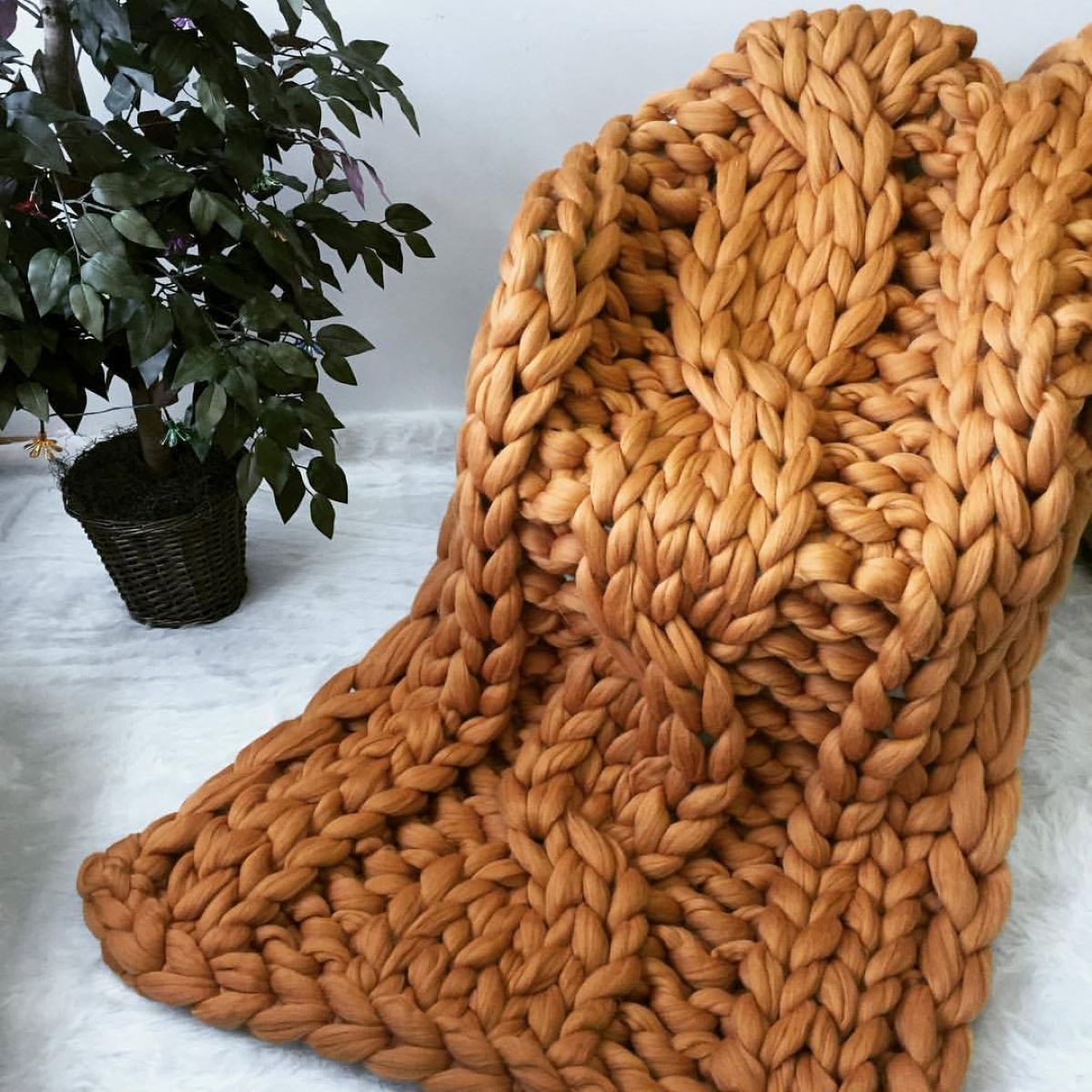
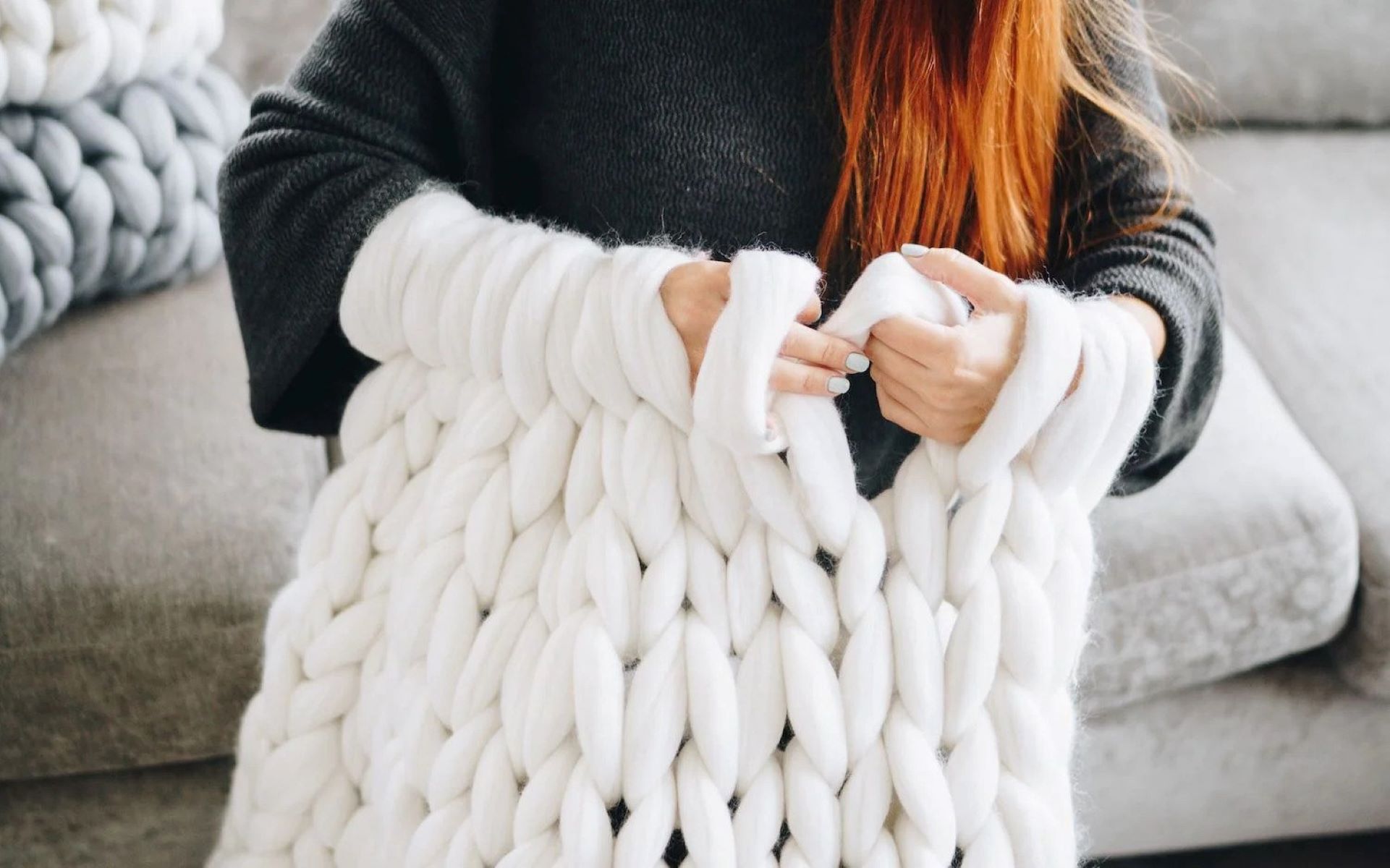
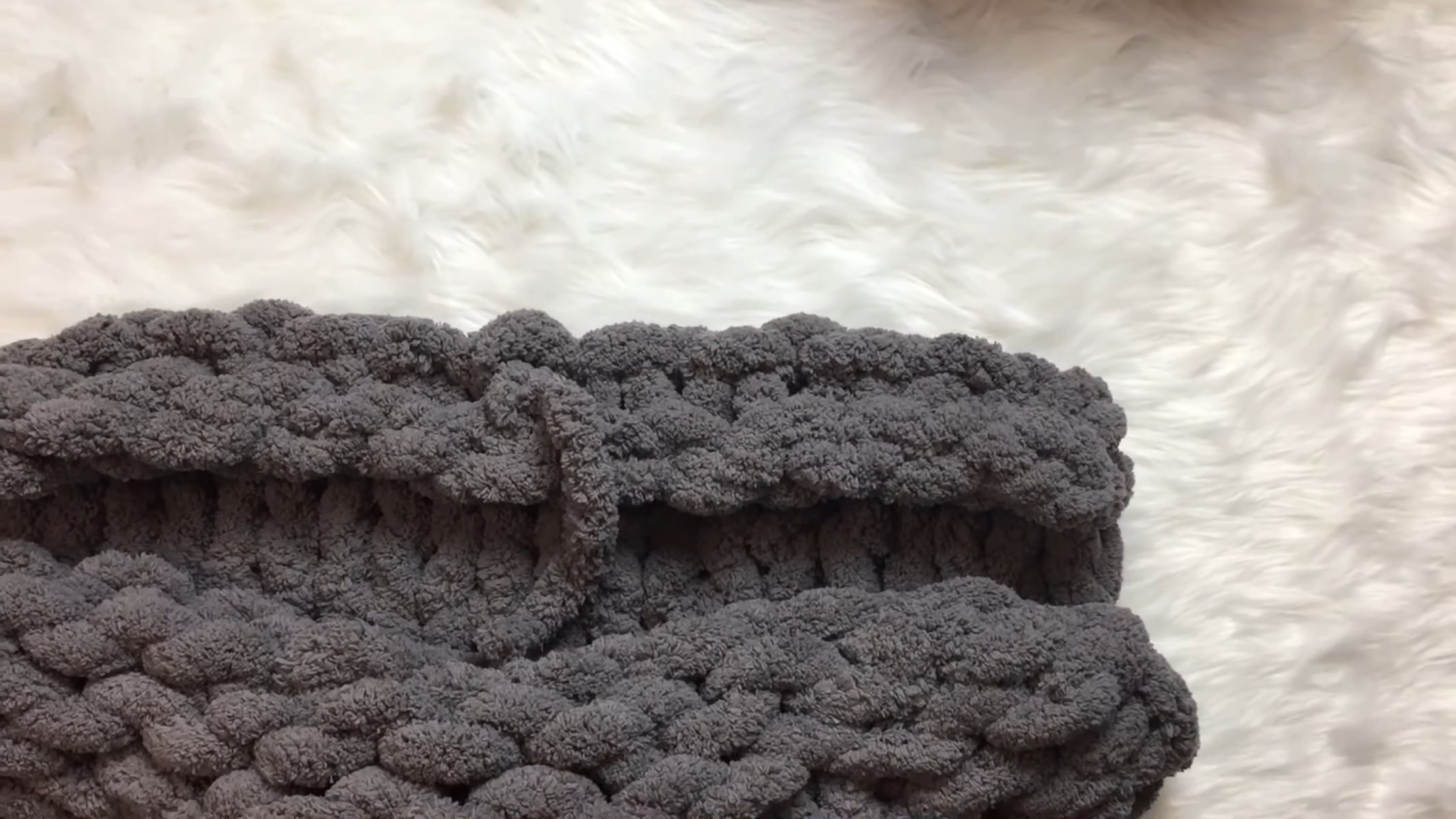
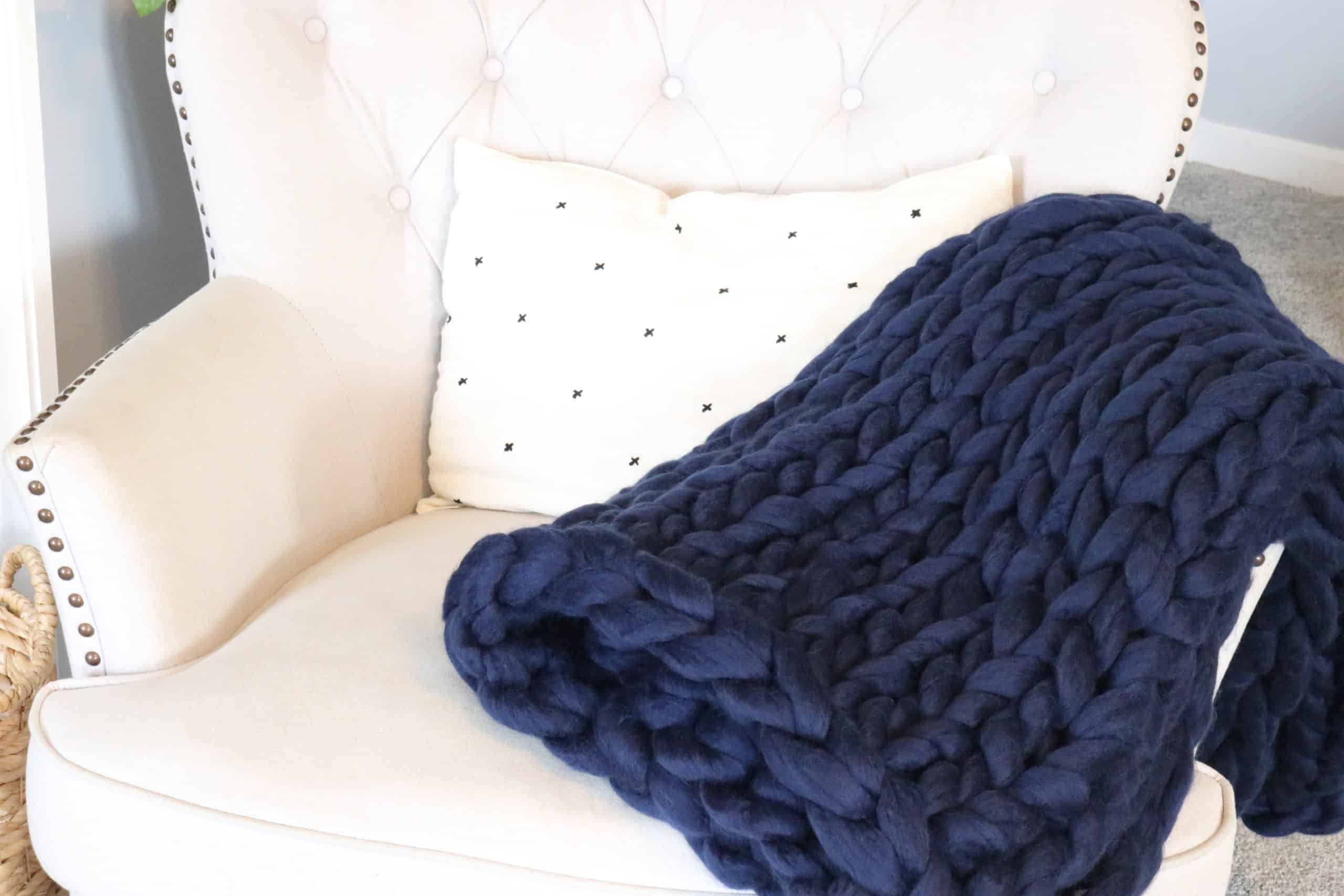
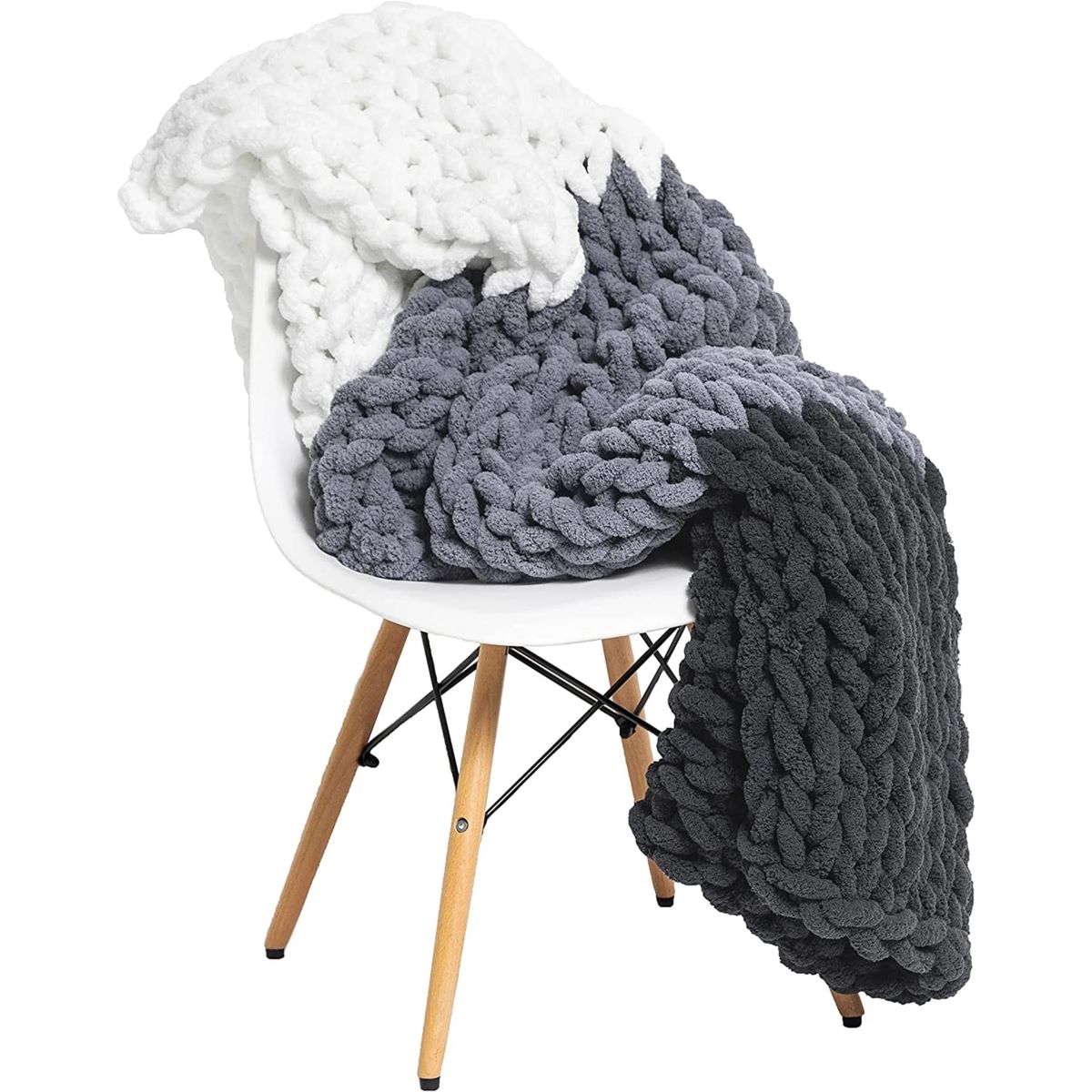
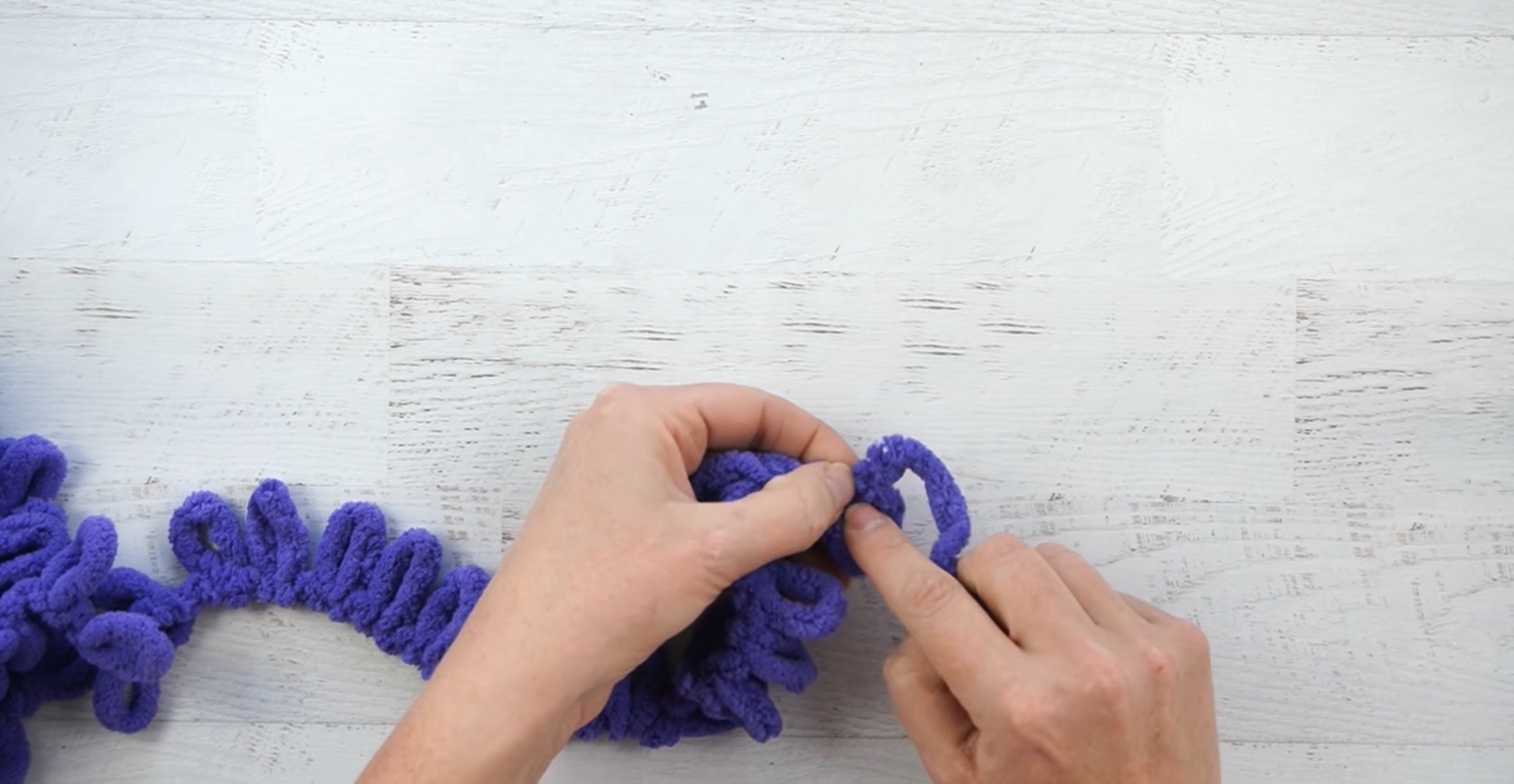
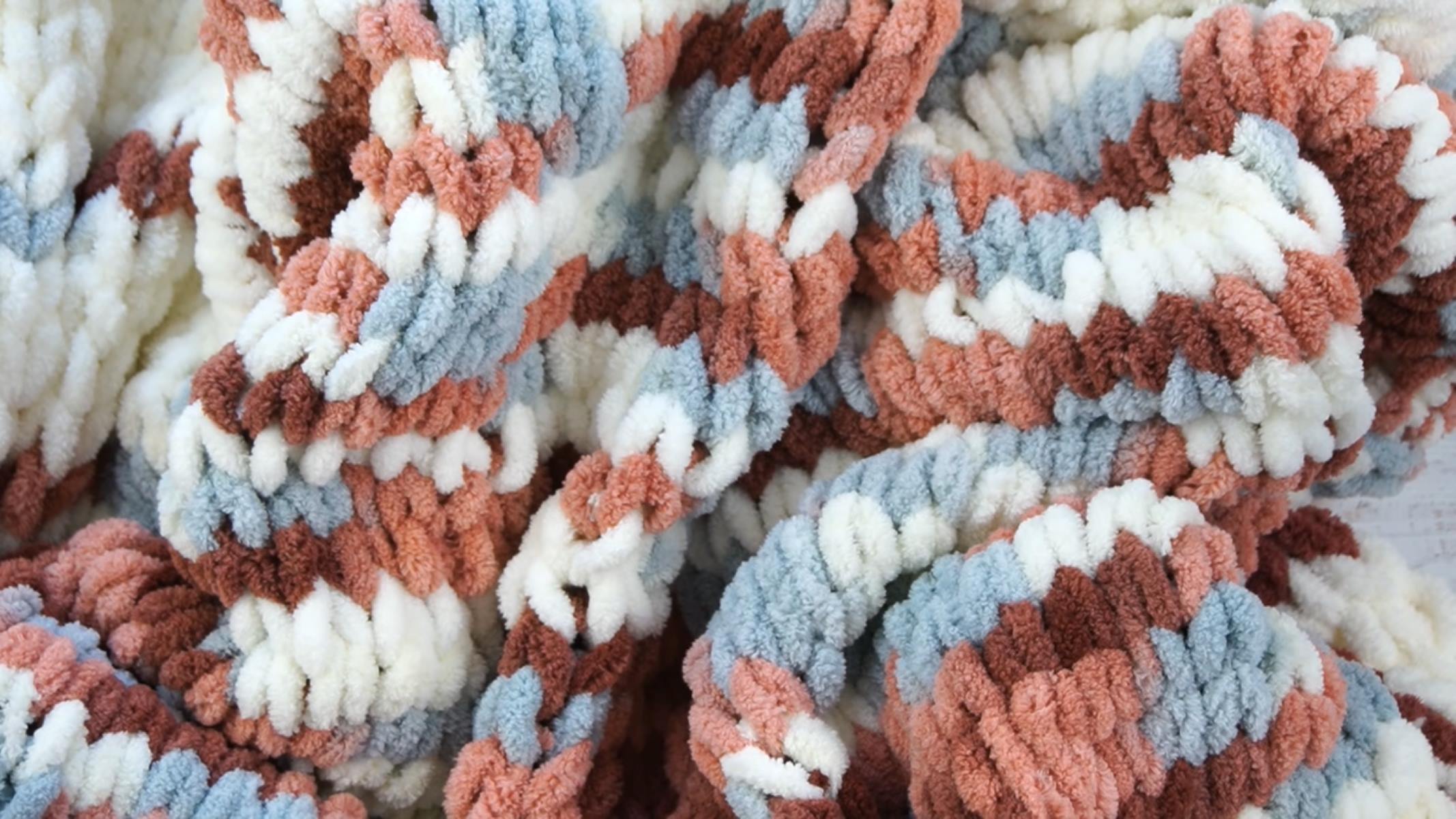
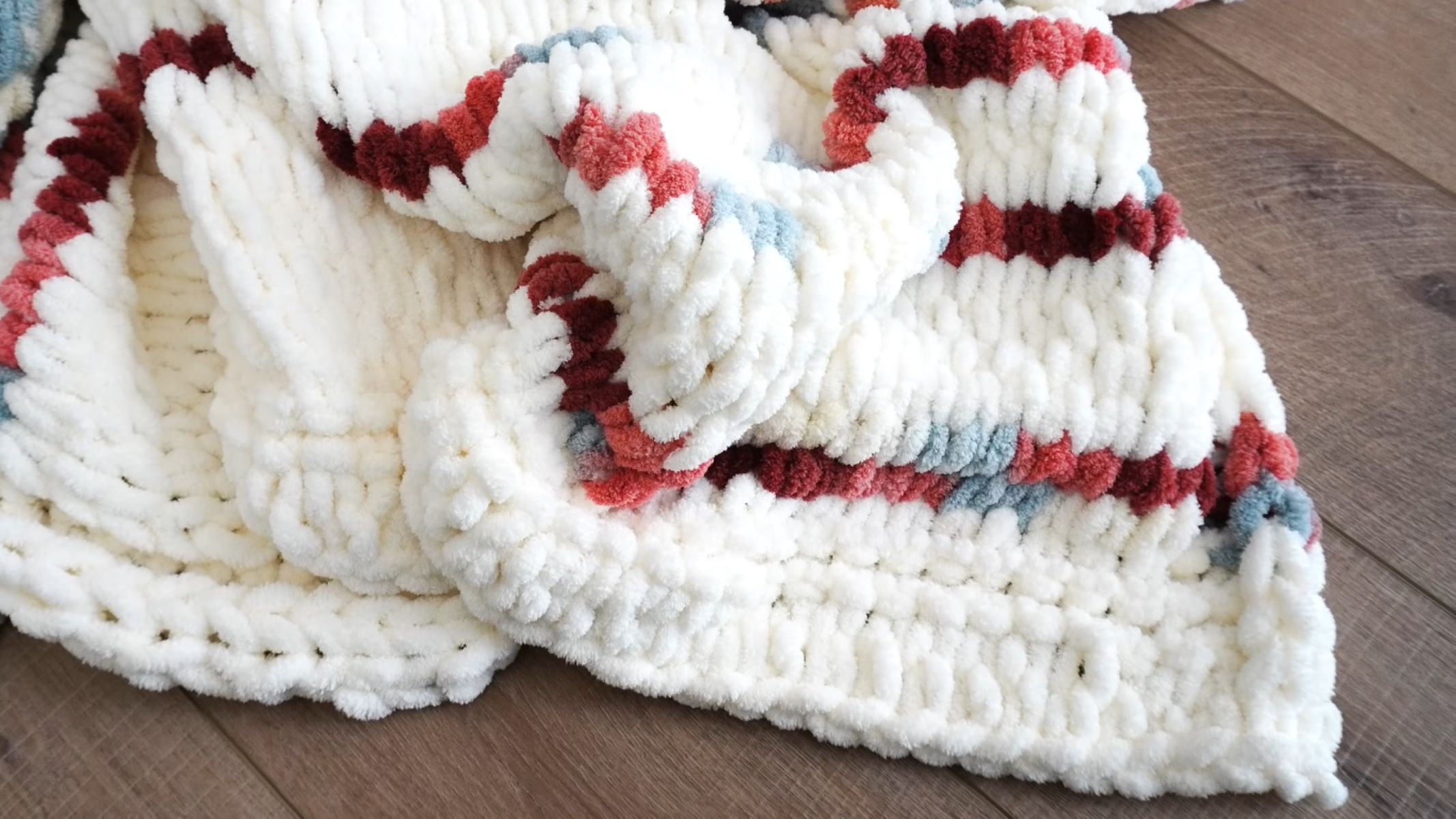
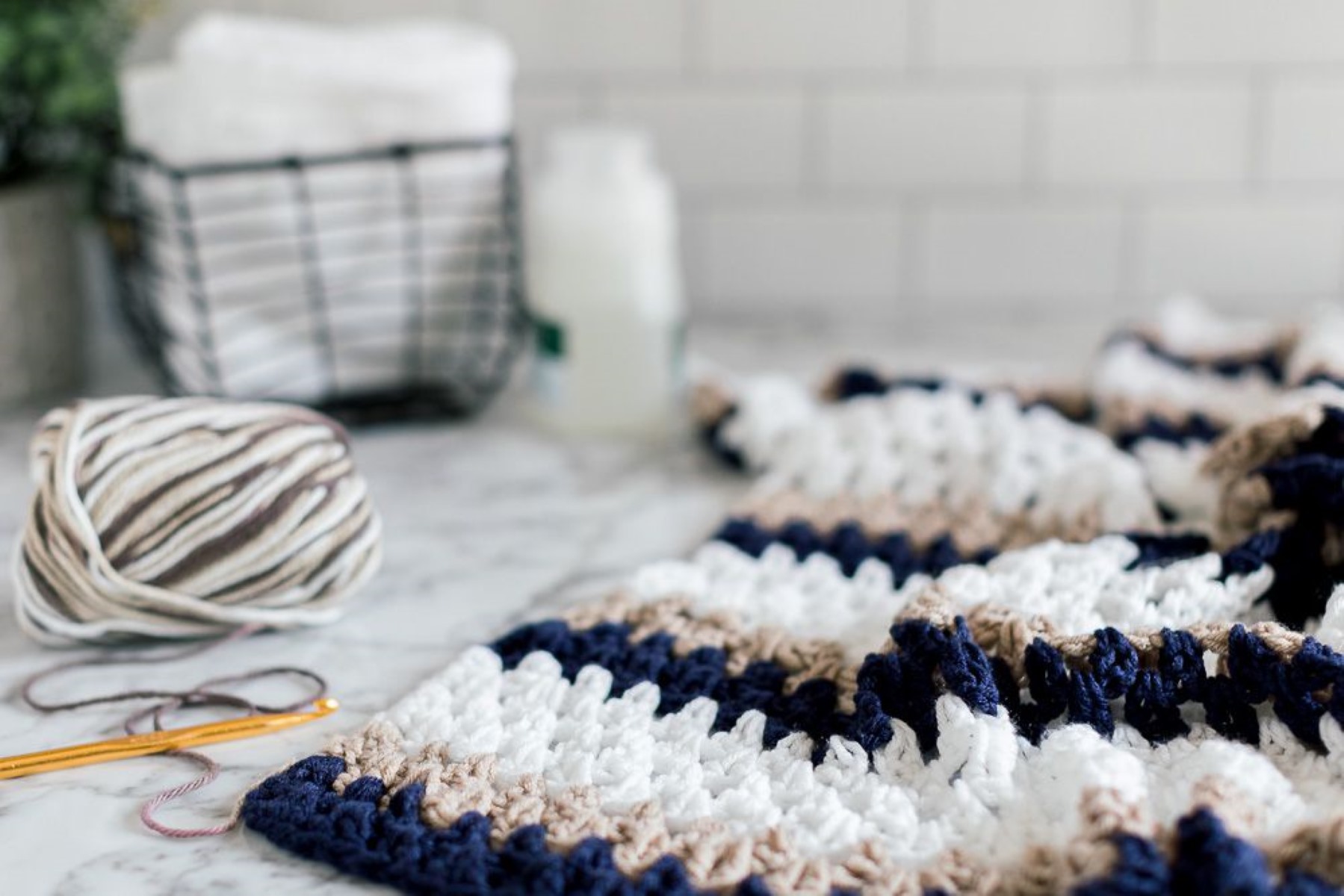
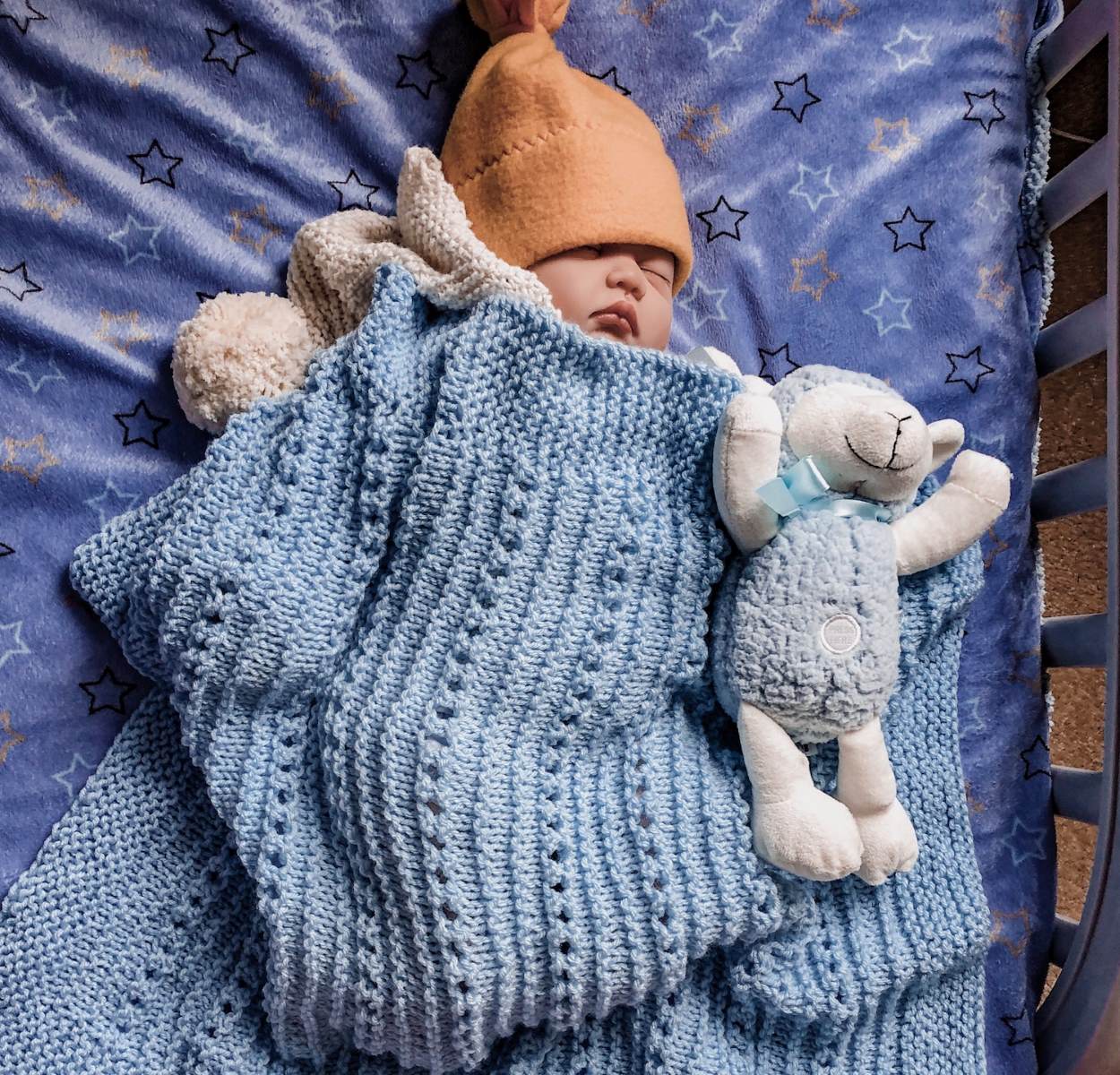
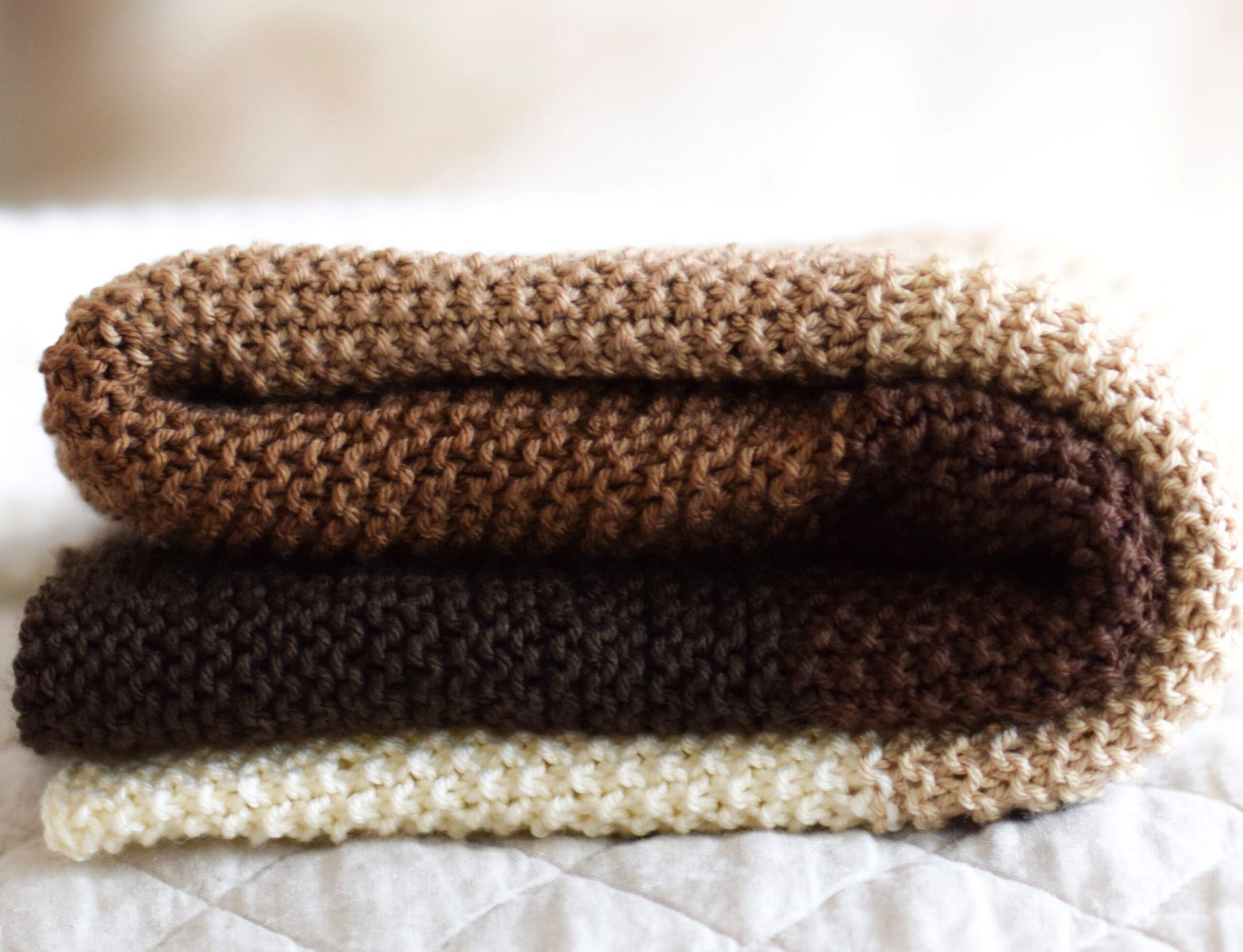

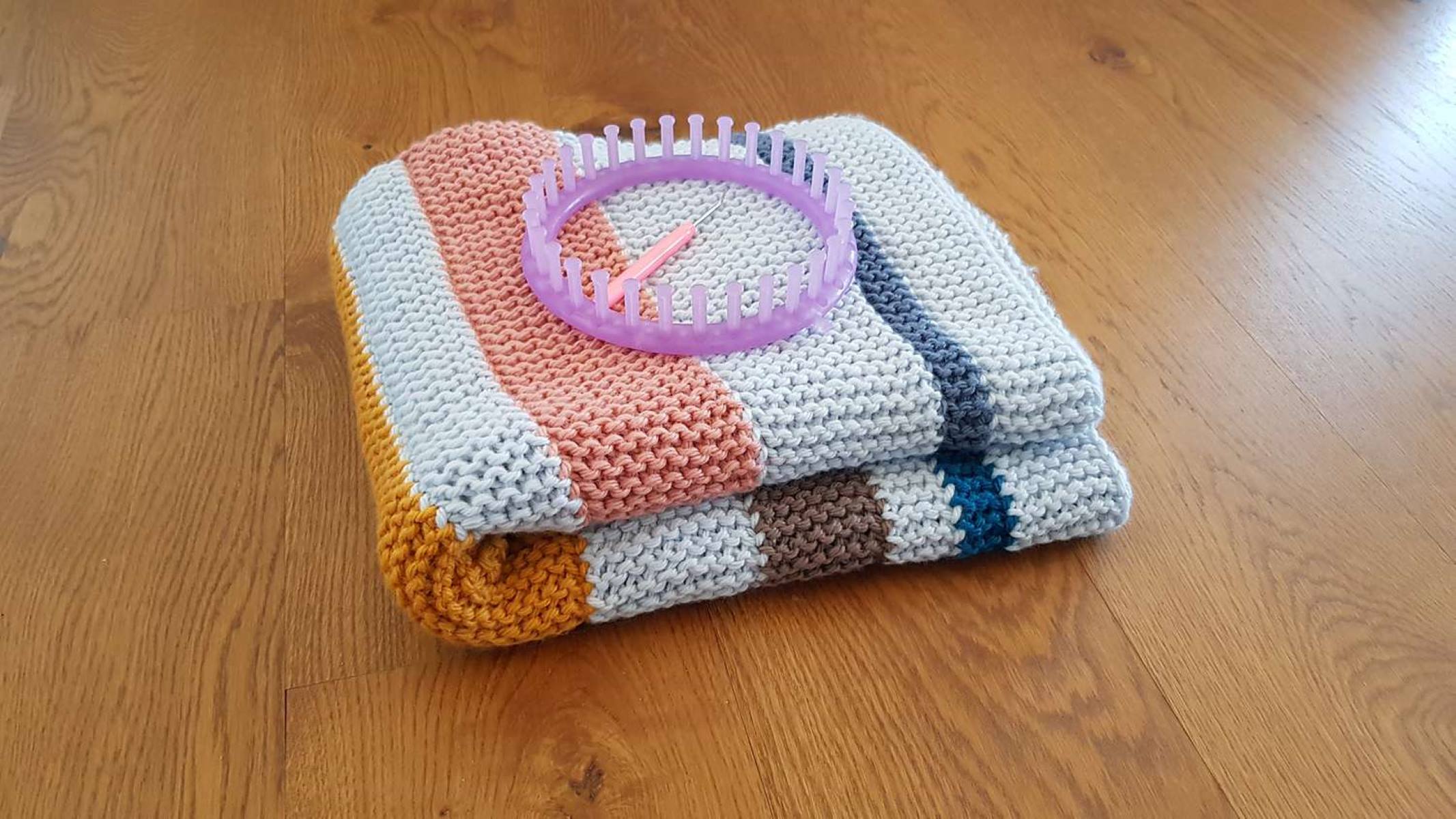

0 thoughts on “How To Hand Knit A Blanket With Thin Yarn”